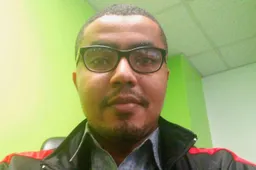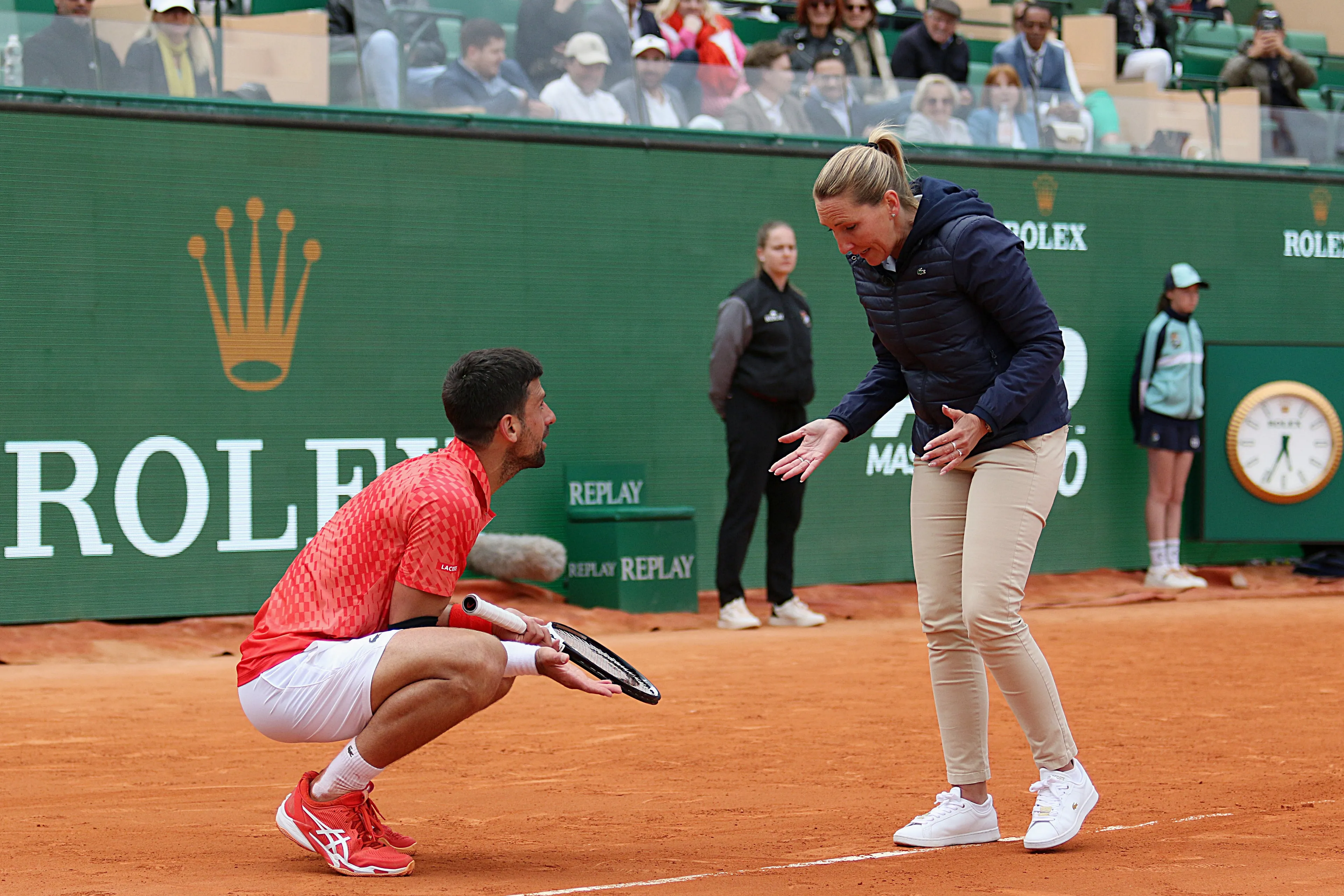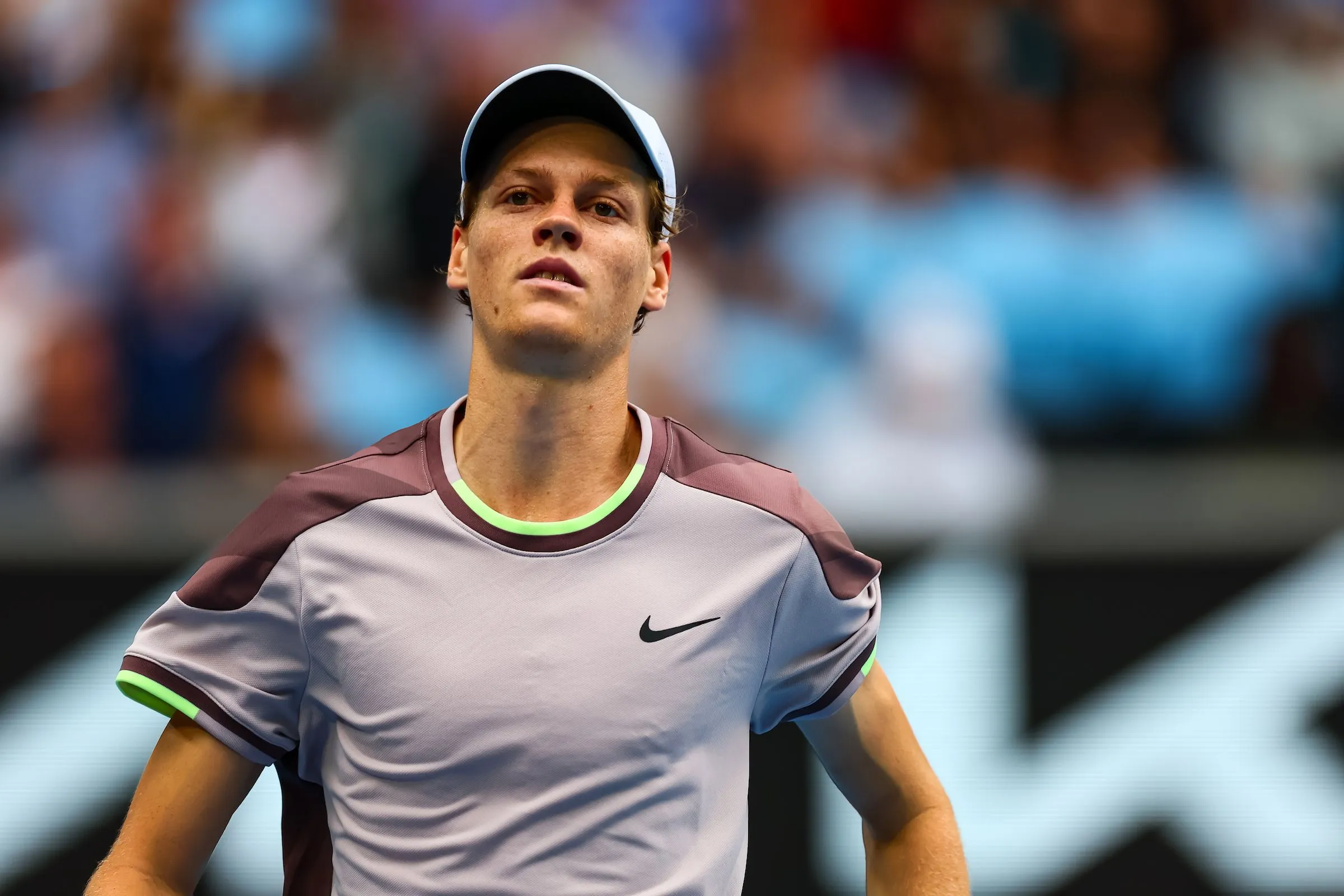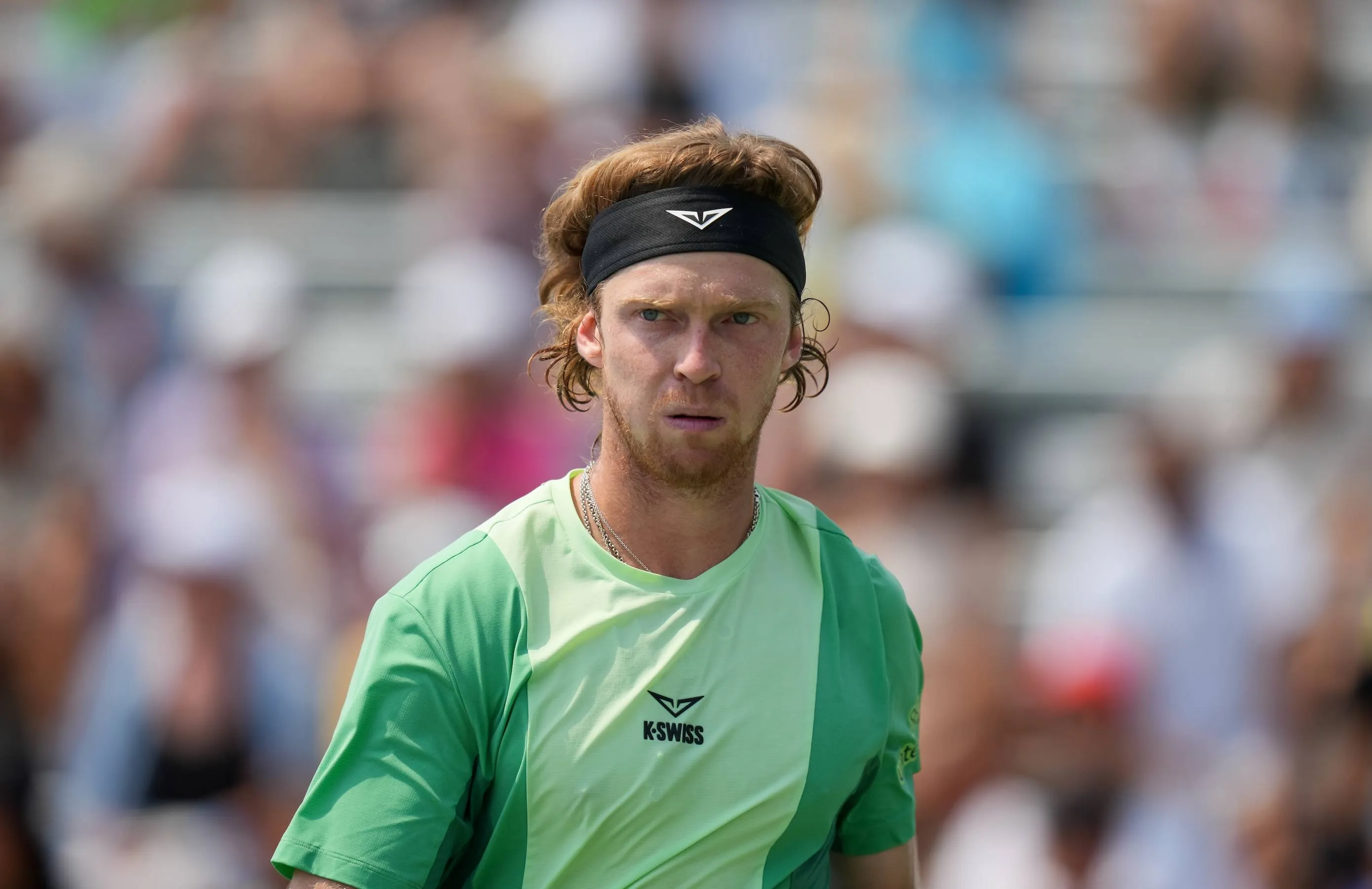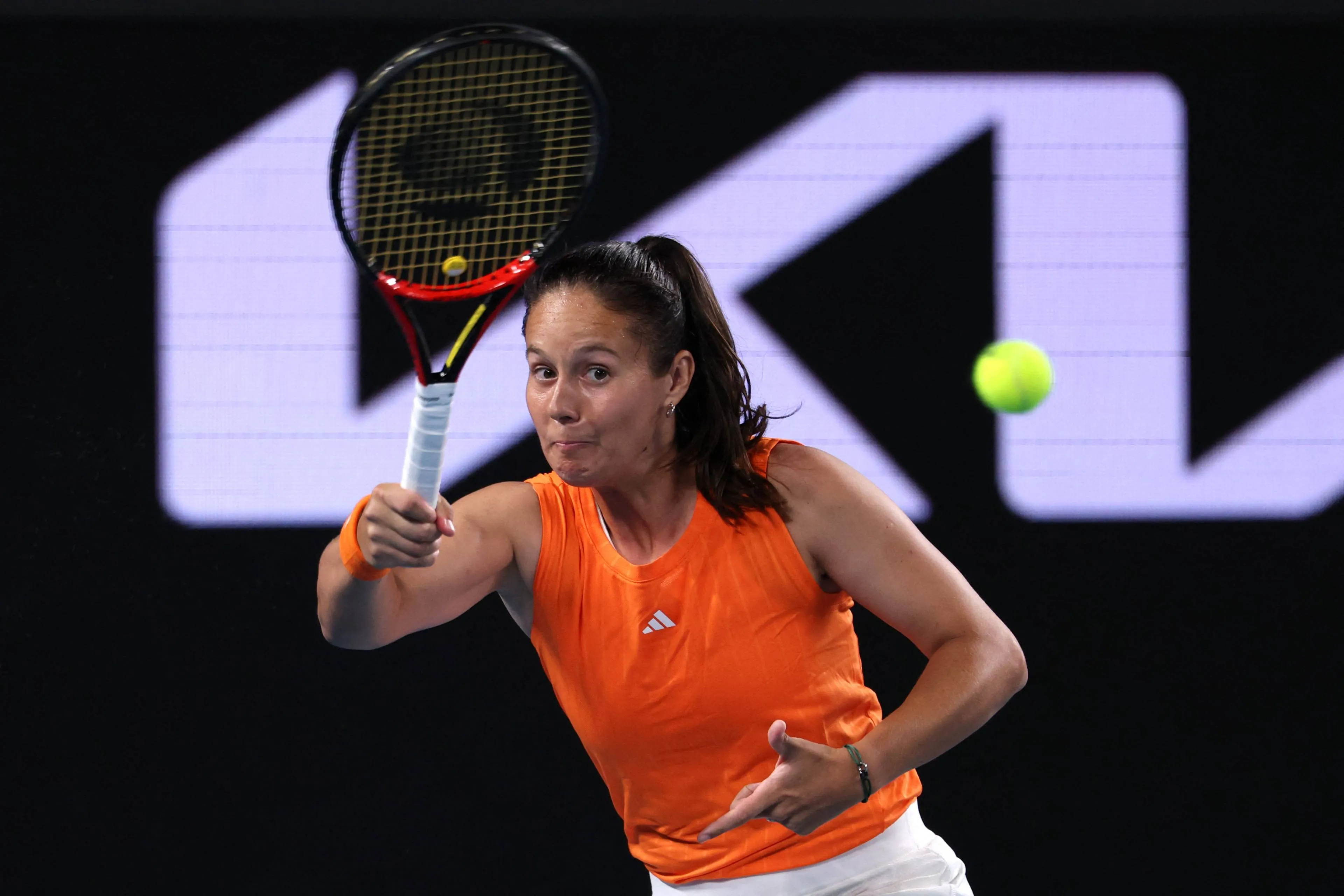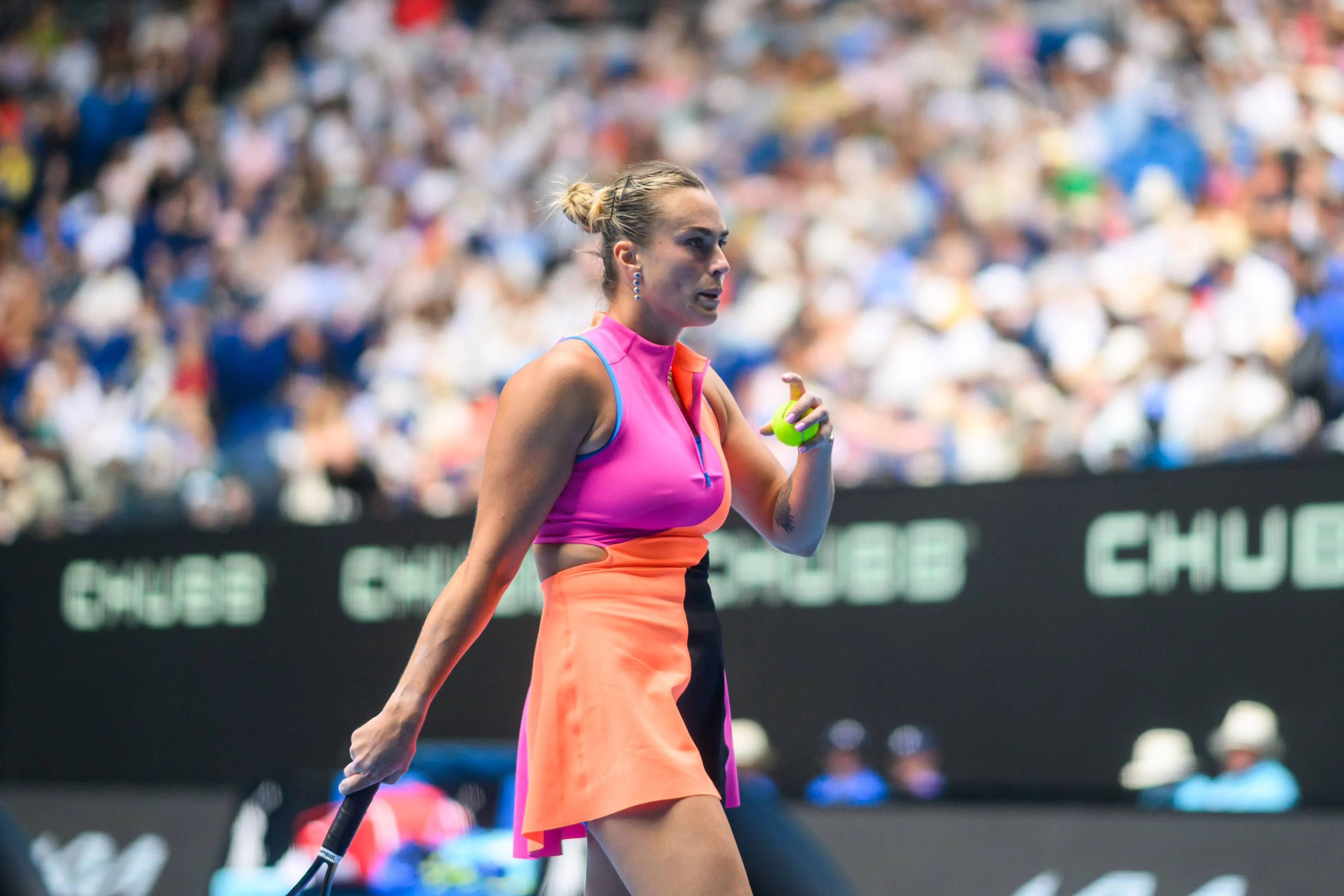What Are Different Types Of Court Surfaces In Tennis?
TennisFriday, 28 July 2023 at 20:45
Updated at Sunday, 17 August 2025 at 17:09
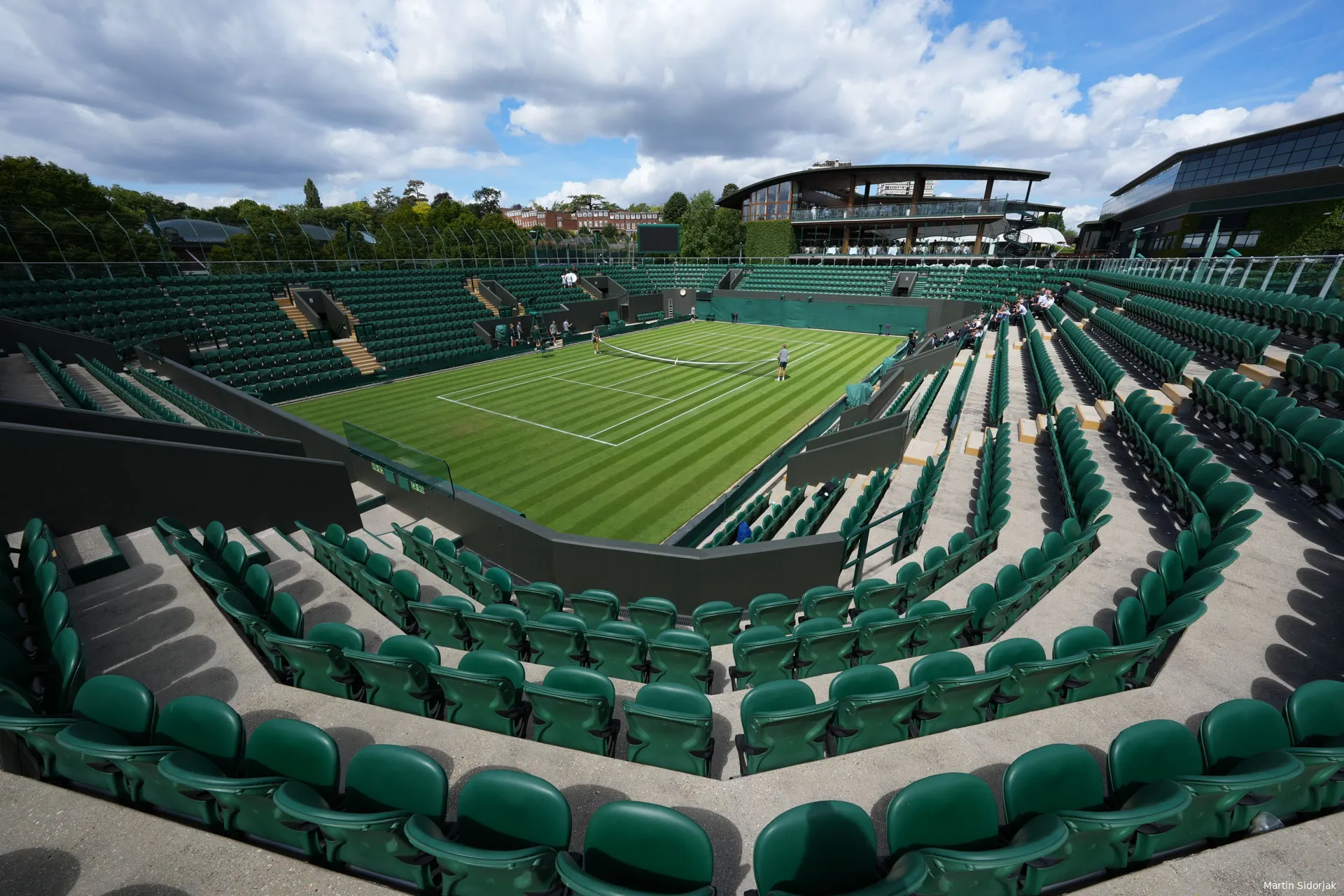
Tennis, as a professional sport, is played on multiple surfaces with different characteristics. There are variants in terms of playing style and level of success among players across these surfaces.
The various court surfaces have tangible differences in terms of appearance, material composition, and construction. While the intangible differences can range from things like the pace of shots and ball bounces. For instance, hard courts are generally known to have consistent bounces, unlike clay, where you'll frequently get funky bounces.
The International Tennis Federation (ITF) lists no fewer than eight court surfaces namely: acrylic, artificial clay, artificial grass, asphalt, carpet, clay, concrete, and grass. In addition, the type and speed of the surface are categorized as Slow, Medium-slow, Medium, Medium-fast, and Fast.
At pro level, only three court surfaces are currently in use, and for the purpose of this article, we shall delve into those:
Hard (acrylic) courts
The most common surface in all of tennis are hard courts. Hard courts are mostly made from asphalt or concrete foundation and have an acrylic surface on top. Hard courts are generally considered fast surfaces as they tend to favor aggressive players and big servers.
But in recent years, hard courts have been slowed down significantly to allow for high bounces and longer rallies, making matches extremely appetizing from a spectacle standpoint. Most of the biggest tennis tournaments are played on hard courts.
On the main tour, tournaments such as Australian Open, US Open, Indian Wells and Miami Masters are played on hard courts. The wearing surface - the topmost part of the court which we see with our eyes, can be altered to give the desired court speed. Additional sand in the mixture used to paint this surface can slow down the court from fast to medium fast/medium.
Clay courts
Clay courts in tennis are mostly associated with the European and South American continents since the bulk of tournaments on this surface are played there. In fact, clay courts account for the second-most matches/tournaments on the tennis calendar.
Clay courts are made of crushed red brick, shale, or stone, which is laid on top of a compacted layer made of the same material composition. The Roland Garros is the premier clay-court tournament in the world and the only Grand Slam contested on a clay surface.
Clay courts are considered cheaper to construct, but require professional maintenance rendering them expensive to do so. The must be swept off during matches and watered down frequently during the day.
Clay slows the ball allowing for more reaction time and high ball bounces. However, it's the easiest surface on the body as the crushed stone on the topmost part of the surface puts less pressure on your joints. Defensive players excel on this surface and the use of topspin works a treat.
Clay courts favor endurance players who love to grind between points and prefer patient point construction.
Grass courts
Grass is the fastest court surface in tennis. It was the most popular surface during tennis' infancy stage as a sport. In fact, three Grand Slams were played on grass for most of the 20th century. But their popularity waned significantly in the late 1980s.
A couple of reasons can be attributed to this. Grass courts require high maintenance costs as compared to clay and hard. Secondly, grass experiences regular wear and tear as a result of playing on it, making it increasingly difficult to build proper grass courts frequently. This explains why the grass swing is the shortest on the tennis calendar.
The wearing surface is made of natural perennial ryegrass mix which is mowed every day to keep the surface as pristine and as even as possible. Wimbledon is the only Grand Slam tournament held on grass and takes the best part of nine months for groundsmen to put everything in place.
Grass courts have the lowest ball bounce as compared to hard and clay courts and play super fast. So big servers and serve-and-volley players are rewarded generously on this surface. Grass courts are also easy and soft on the body and you'd also need a specific tennis shoe that helps with maneuverability since the surface is pretty slick.
Read also
Loading
